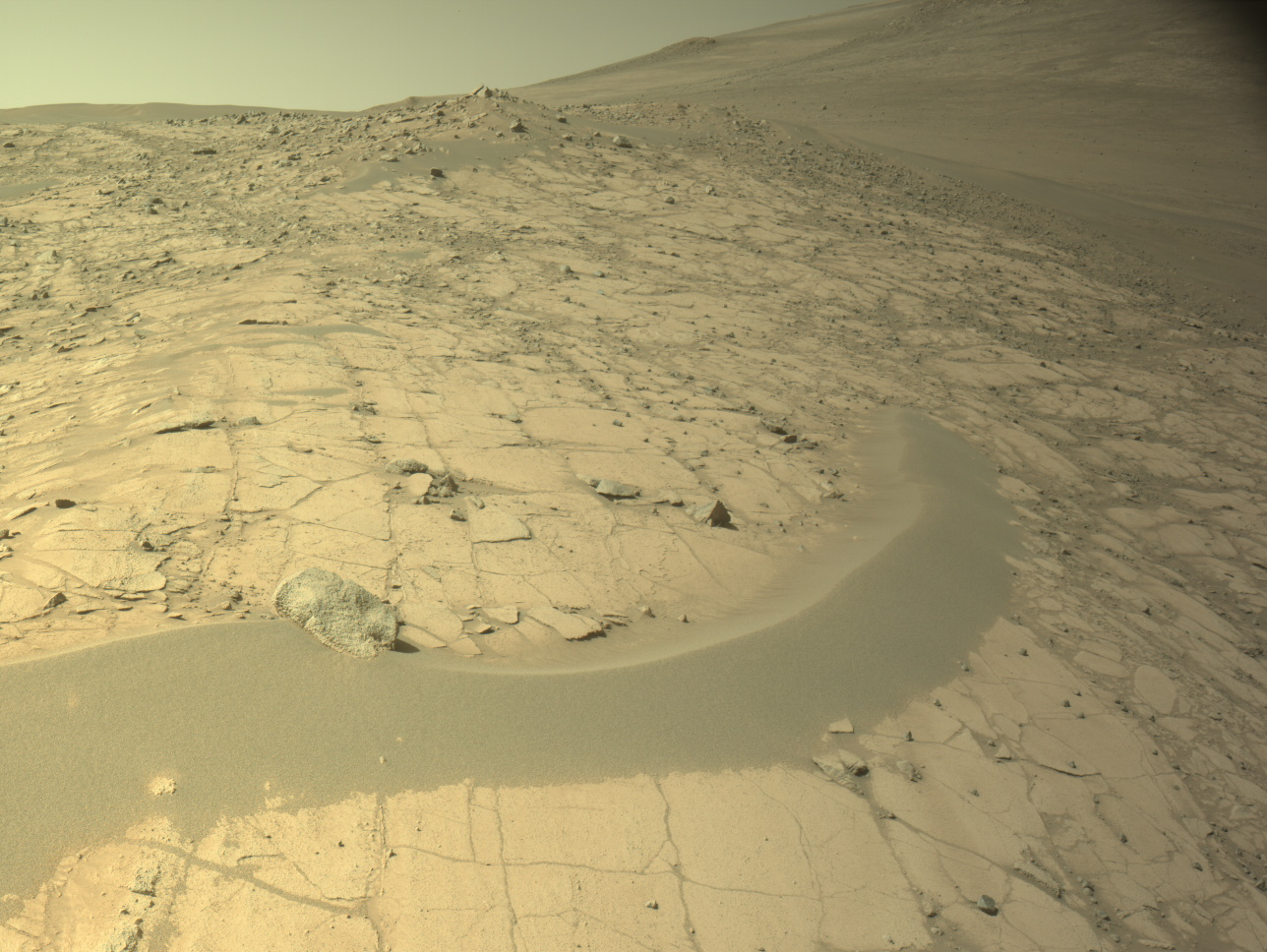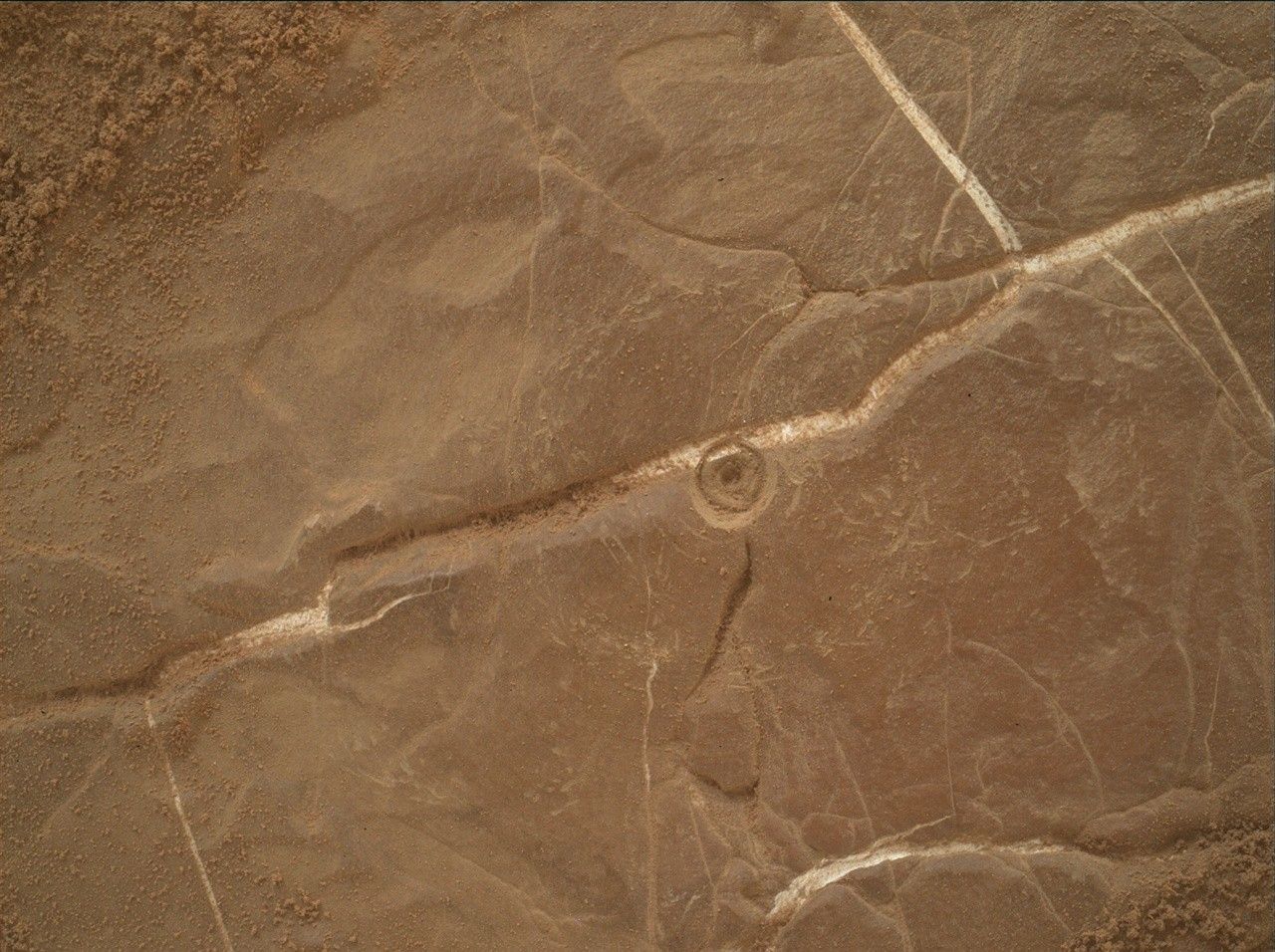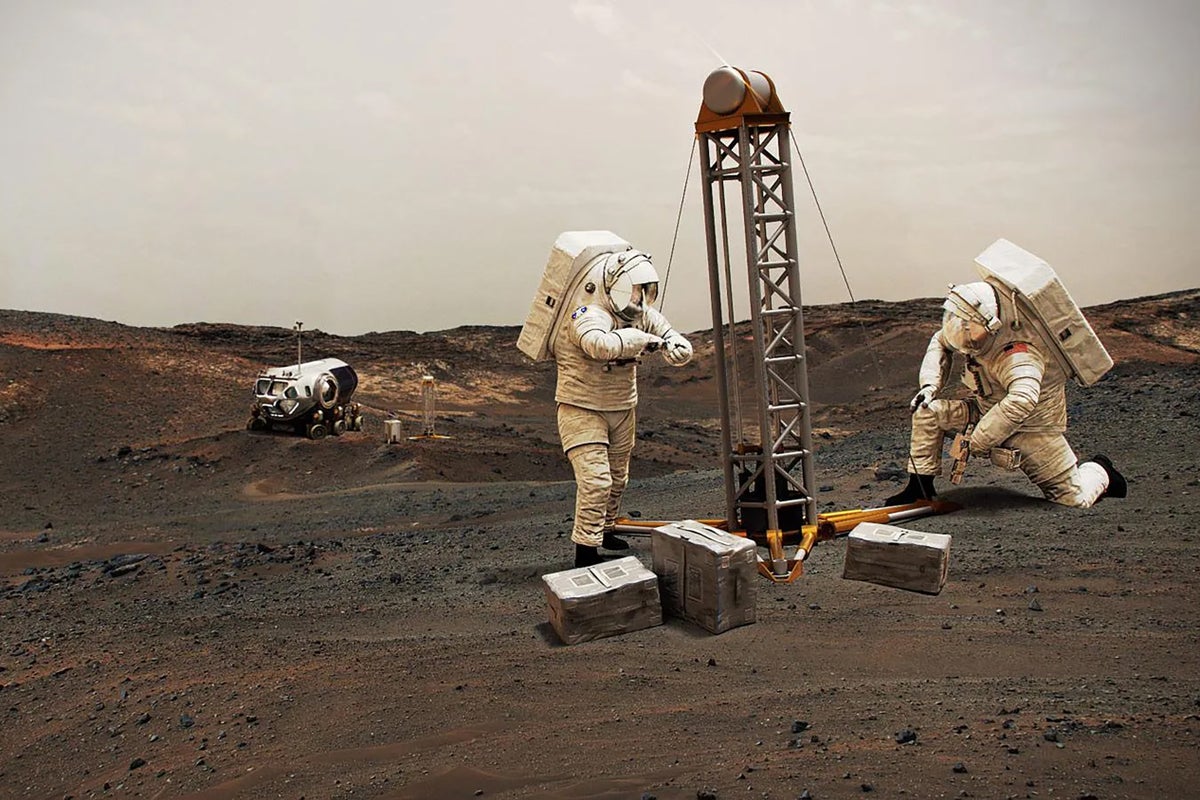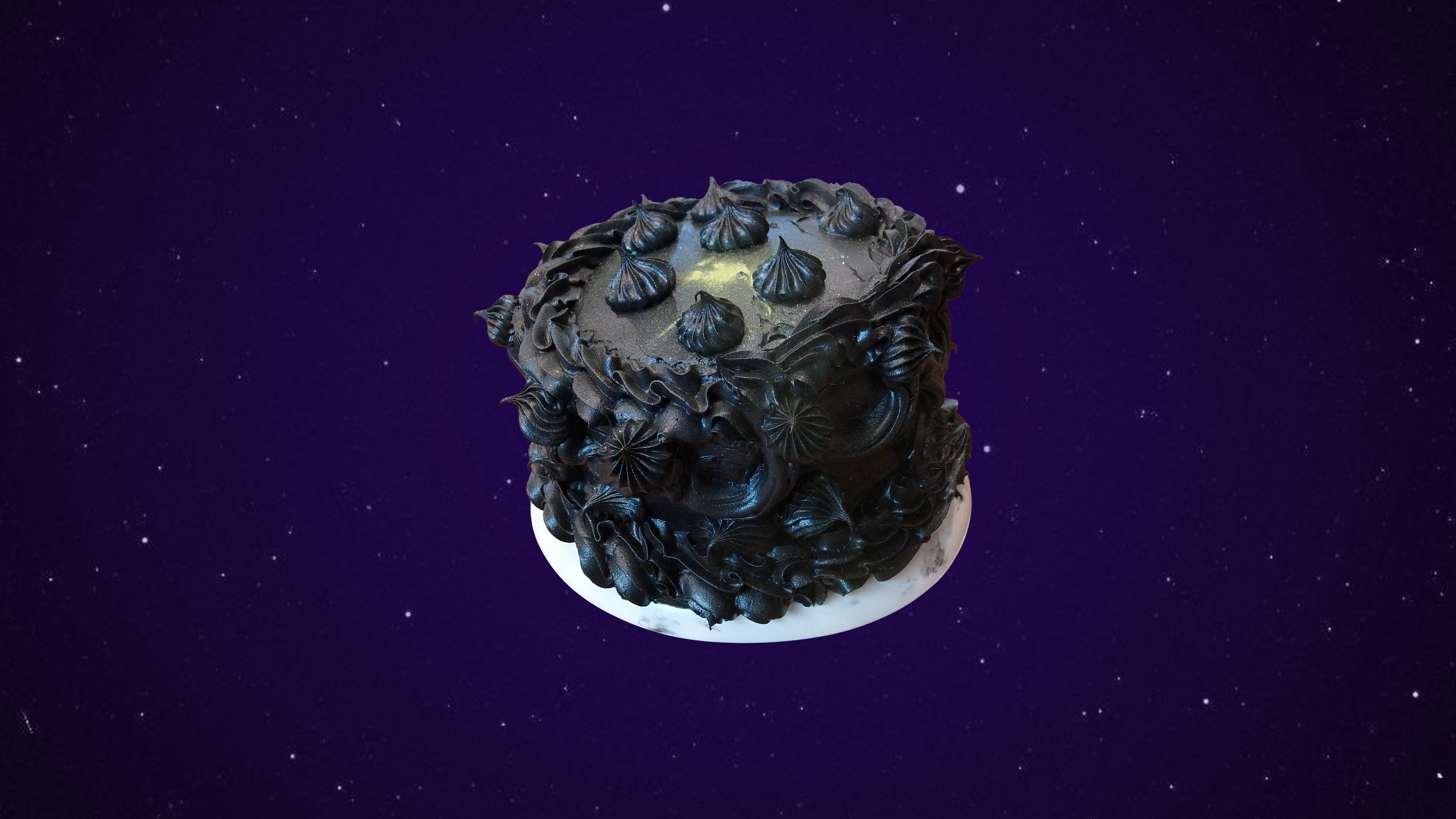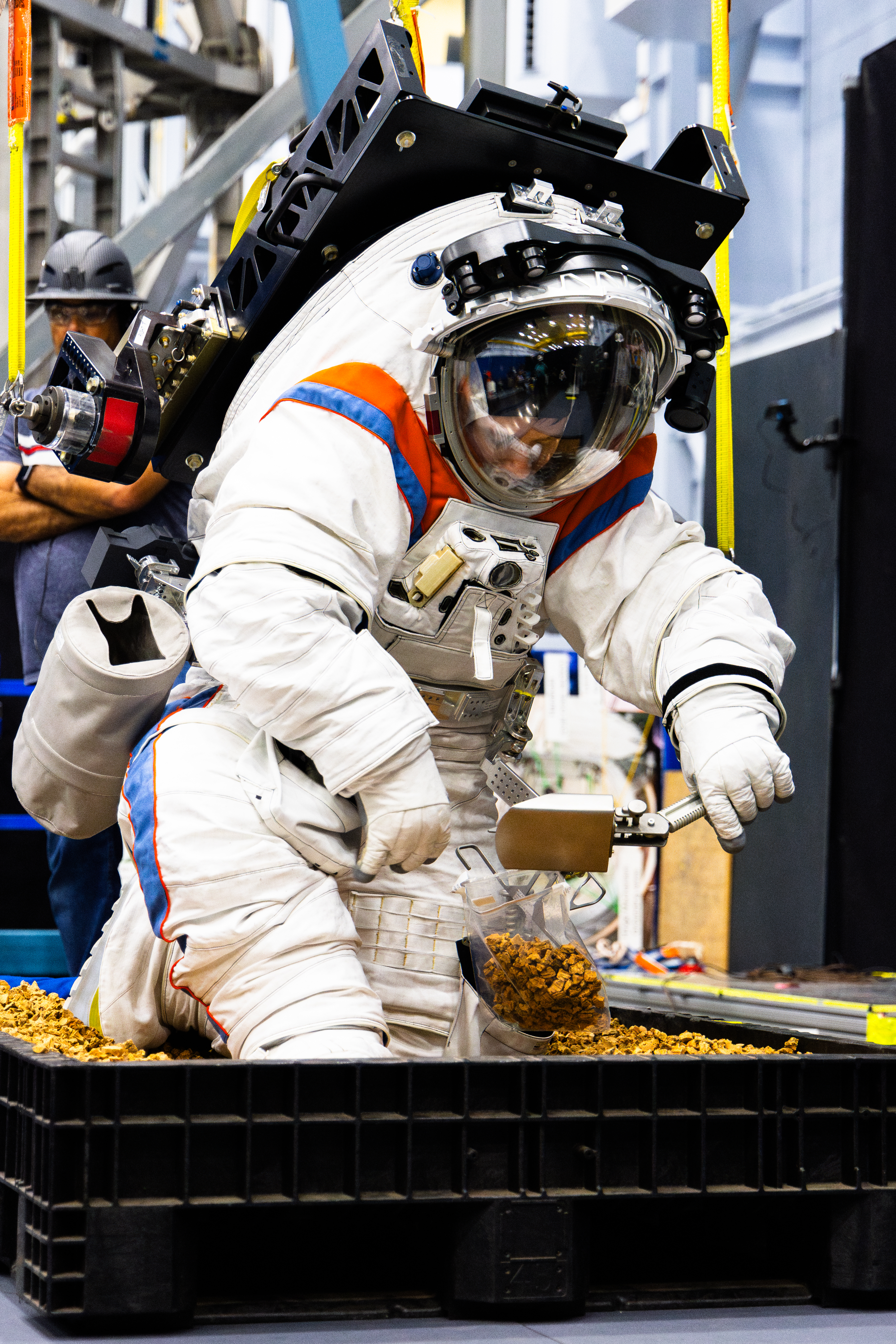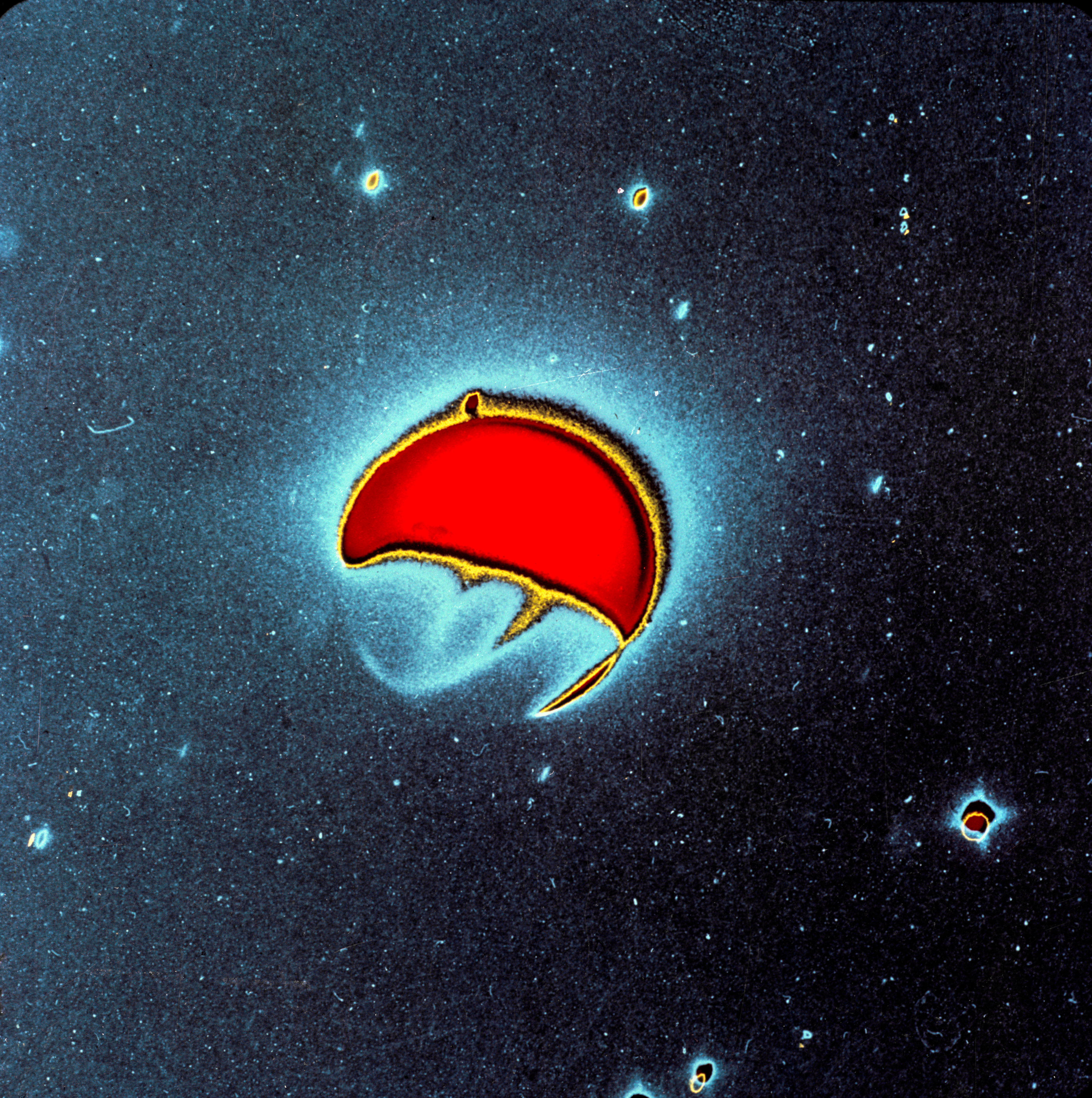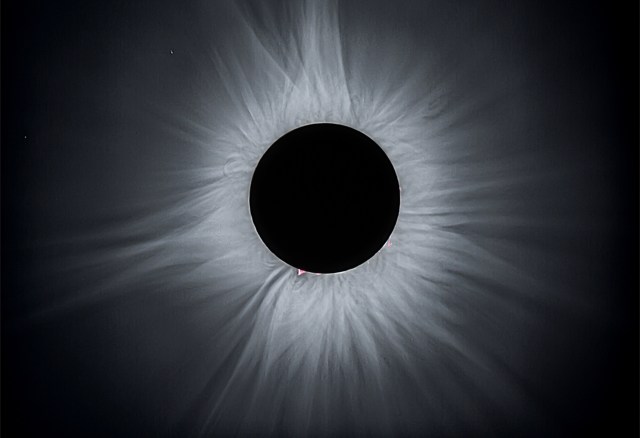Let’s Bake a Cosmic Cake!
To celebrate what would have been the 100th birthday of Dr. Nancy Grace Roman — NASA’s first chief astronomer and the namesake for the agency’s nearly complete Nancy Grace Roman Space Telescope — we’re baking a birthday cake! This isn’t your ordinary birthday treat — this cosmic cake represents the contents of our universe and everything […]
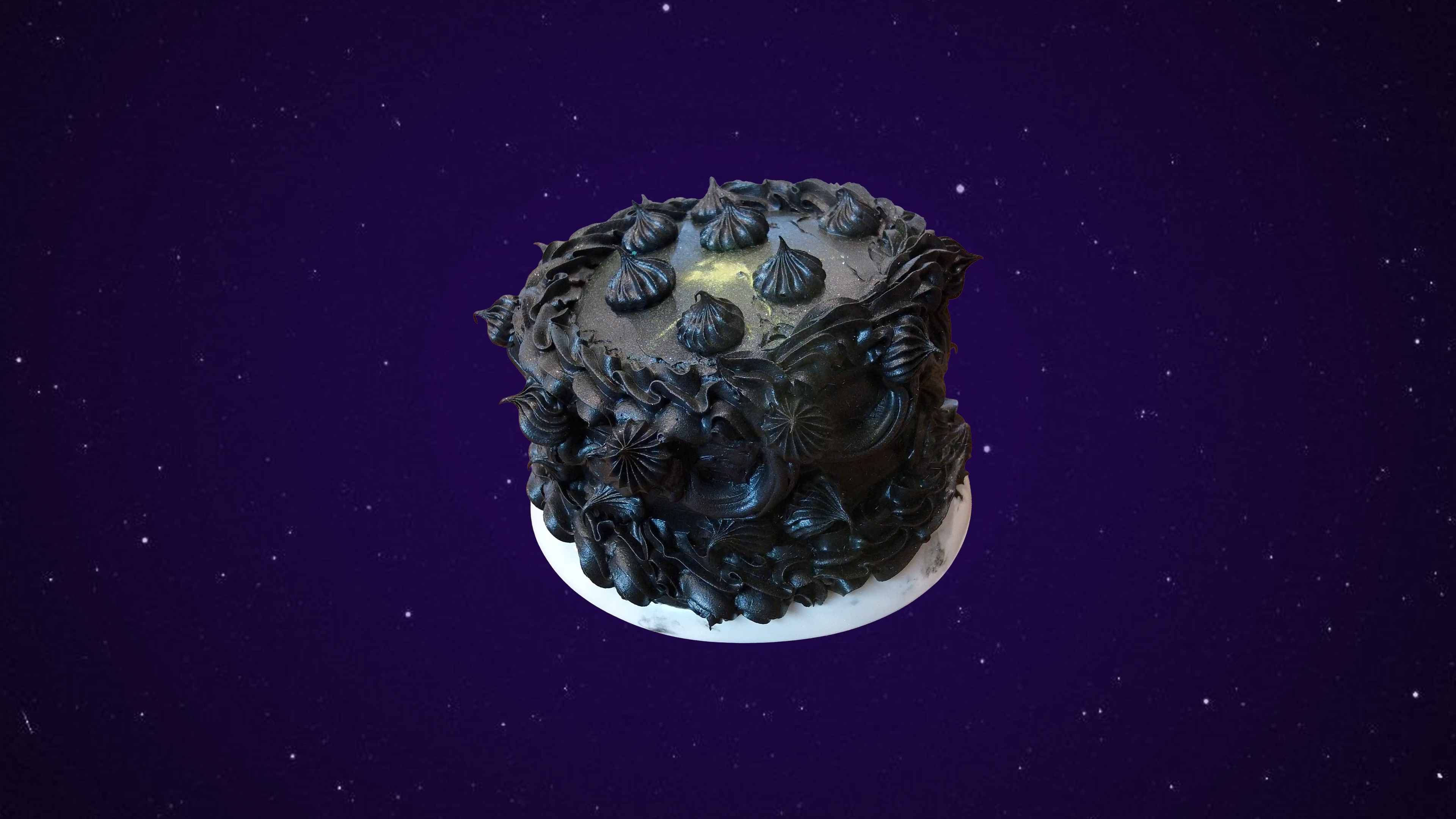
6 min read
Let’s Bake a Cosmic Cake!
To celebrate what would have been the 100th birthday of Dr. Nancy Grace Roman — NASA’s first chief astronomer and the namesake for the agency’s nearly complete Nancy Grace Roman Space Telescope — we’re baking a birthday cake! This isn’t your ordinary birthday treat — this cosmic cake represents the contents of our universe and everything the Roman telescope will uncover.
The outside of our cosmic cake depicts the sky as we see it from Earth—inky black and dotted with sparkling stars. The inside represents the universe as Roman will see it. This three-layer cake charts the mysterious contents of our universe — mostly dark energy, then dark matter, and finally just five percent normal matter. As you cut into our universe cake, out spills a candy explosion symbolizing the wealth of cosmic objects Roman will see.
Roman Cosmic Cake Instructions
Ingredients:
- Two boxes of vanilla cake mix and required ingredients
- Food coloring in three colors
- Black frosting
- Edible glitter
- Yellow sprinkles
- Nonpareil sprinkle mix
- Chocolate nonpareil candies
- Popping candy
- Miniature creme sandwich cookies
- Granulated sugar
- Sour candies
- Dark chocolate chips
- Jawbreakers
To make our cosmic cake, we first need to account for the universe’s building blocks — normal matter, dark matter, and dark energy. Comprising about five percent of the universe, normal matter is the stuff we see around us every day, from apples to stars in the sky. Outnumbering normal matter by five times, dark matter is an invisible mass that makes up about 25 percent of the universe. Finally, dark energy — a mysterious something accelerating our universe’s expansion — makes up about 68 percent of the cosmos.
No one knows what dark matter and dark energy truly are, but we know they exist due to their effects on the universe. Roman will provide clues to these puzzles by 3D mapping matter alongside the expansion of the universe through time.
To depict the universe’s building blocks in our cosmic cake, mix the cake batter according to your chosen recipe. Pour one-fourth of the batter into one bowl for the dark matter layer, a little less than three-fourths into another bowl for dark energy, and the remainder into a separate bowl for normal matter. This will give you the quantities of batter for dark energy and dark matter, respectively. Use the remainder to represent normal matter. Color each bowl of batter differently using food coloring, then pour them into three separate cake pans and bake. The different sized layers will have different baking times, so watch them carefully to ensure proper cooking.
While our cake bakes, we’ll create the cosmic candy mix — the core of our cake that represents the universe’s objects that Roman will uncover.
First, pour yellow sprinkles into a bowl to symbolize the billions of stars Roman will see, including once-hidden stars on the far side of the Milky Way thanks to its ability to see starlight through gas and dust.
Roman’s data will also allow scientists to map gas and dust for the most complete picture yet of the Milky Way’s structure and how it births new stars. Add some granulated sugar to the candy mix as gas and dust.
Next, add nonpareil sprinkles and chocolate nonpareil candies to symbolize galaxies and galaxy clusters. Roman will capture hundreds of millions of galaxies, precisely measuring their positions, shapes, sizes, and distances. By studying the properties of so many galaxies, scientists will be able to chart dark matter and dark energy’s effects more accurately than ever before.
Now, add popping candies as explosive star deaths. Roman will witness tens of thousands of a special kind called type Ia supernovae. By studying how fast type Ia supernovae recede from us at different distances, scientists will trace cosmic expansion to better understand whether and how dark energy has changed throughout time.
Supernovae aren’t the only stellar remnants that Roman will see. To represent neutron stars and black holes, add in jawbreakers and dark chocolate chips. Neutron stars are the remnants of massive stars that collapsed to the size of a city, making them the densest things we can directly observe.
The densest things we can’t directly observe are black holes. Most black holes are formed when massive stars collapse even further to a theoretical singular point of infinite density. Sometimes, black holes form when neutron stars merge—an epic event that Roman will witness.
Roman is also equipped to spot star-sized black holes in the Milky Way and supermassive black holes in other galaxies. Some supermassive black holes lie at the center of active galaxies—the hearts of which emit excessive energy compared to the rest of the galaxy. For these active cores, also spotted by Roman, add sour candies to the mix.
Finally, add both whole and crushed miniature creme sandwich cookies to represent distant planets and planets-to-be. Peering into the center of our galaxy, Roman will scan for warped space-time indicating the presence of other worlds. The same set of observations could also reveal more than 100,000 more planets passing in front of other stars. Additionally, the Coronagraph Instrument will directly image both worlds and dusty disks around stars that can eventually form planets.
After baking, remove the cake layers from the oven to cool. Cut a hole in the center of the thicker dark matter and dark energy layers. Then, stack these two layers using frosting to secure them. Pour the cosmic candy mix into the cake’s core. Then, place the thin normal matter layer on top, securing it with frosting. Frost the whole cake in black and dust it with edible glitter.
Congratulations — your Roman Cosmic Cake is complete! As you look at the cake’s exterior, think of the night sky. As you slice the cake, imagine Roman’s deeper inspection to unveil billions of cosmic objects and clues about our universe’s mysterious building blocks.
By Laine Havens
NASA’s Goddard Space Flight Center
Share
Details
Related Terms
What's Your Reaction?







